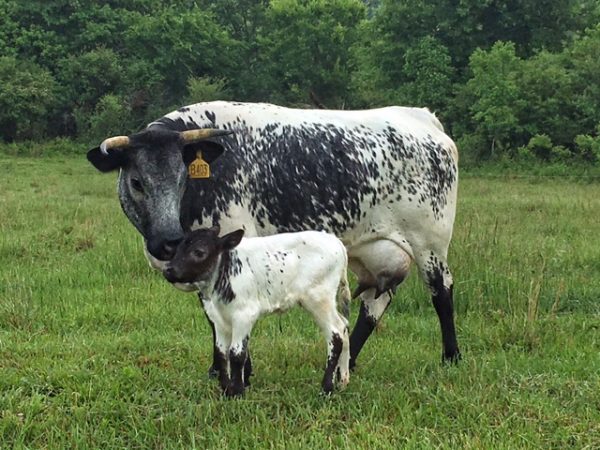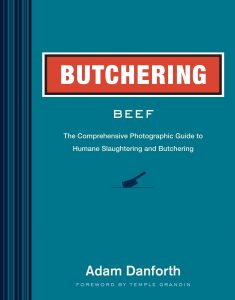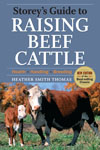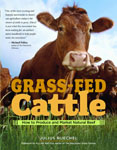
Breed Facts
Status:
Threatened
Use:
Beef, Dairy, Draft
Adult Weight:
600 – 1200 lbs.
Temperament:
Variable, can be active
Experience Level:
Novice – Intermediate
Notes:
Temperament variable by herd; small; rugged; heat tolerant; disease and parasite resistant; can survive on marginal forage
Country of Origin:
United States
PINEYWOODS CATTLE
The Pineywoods is one of the oldest breeds of cattle in the United States, descending from Spanish cattle brought to the Americas beginning in the early 1500s. Spanish colonists established low-input, extensive cattle-ranging systems similar to those used in Spanish ranching. The Pineywoods, Florida Cracker, Texas Longhorn, and other breeds that were developed in the Americas are called “criollo cattle”, which means “of European origin but born in the New World.” The Pineywoods breed was shaped primarily by agricultural and environmental conditions in Alabama, Mississippi, Georgia, and other parts of the southeastern US. This, along with some human selection, has resulted in a breed that is heat tolerant, long-lived, resistant to parasites and diseases, and able to be productive on marginal forage.
Pineywoods cattle were used in the production of beef, and occasionally used as dairy cattle. They also played an important role as oxen in the timber industry of the Southeast. The Pineywoods breed became rare during the late 1800s and early 1900s when “improved” English and European cattle were brought into the Southeast. Wherever these breeds could tolerate the environmental conditions, they replaced the native Pineywoods. Improved cattle were also crossed with Pineywoods cows to produce offspring that had the survival qualities of the dam and the production qualities of the sire. The overuse of crossbreeding almost eliminated the purebred Pineywoods, and the breed nearly became extinct.
Only a few families continued to keep purebred Pineywoods herds. As time passed, their herds became isolated from one another until each herd became a unique and self-contained strain. Today these strains are the most important genetic reservoir of the breed. The strains are named after the families who conserved them: Holt in Georgia, Barnes in Alabama, and Conway, Bayliss, and Carter in Mississippi. Some of these strains have long and interesting histories. The Carter strain, for example, began in the 1860s when Print Carter, a sixteen-year-old Civil War veteran, swam a herd of red cows over the Pearl River and began raising cattle. The last outside animal to enter the herd was a bull in 1895, yet the herd thrives today.
As one would expect of heat-tolerant cattle, Pineywoods are small and rugged. They exhibit the angular appearance of other Spanish cattle that have become adapted to harsh conditions. Size and selection for beef conformation vary, increasing in the western and northern portions of the range. Cows weigh 600-800 lbs. and bulls 800-1,200 lbs. A very few “Guinea,” or dwarf cattle, are found in the breed. Most Pineywoods cattle have horns that vary from long and twisted to short and crumpled.
The Pineywoods breed includes almost all the solid colors and many of the spotting patterns known to cattle. This is a legacy from Spain, where even today ranchers prefer multicolored herds for range conditions. Some of the family strains have been selected for specific colors or patterns. Conway cattle, for example, are red and white with various patterns. Holt cattle are nearly always black, color-sided roan, and James Holt’s father preferred solid-colored duns and had entire herds of that color. Griffen cattle tend to be yellow. Other strains, such as Carter and Barnes, include various colors.
Between 2009 and 2012, Pineywoods increased 46% in the number of animals registered as breeding stock. Though little known outside the Southeast, the Pineywoods, and the closely related Florida Cracker breed, are high conservation priorities. These American breeds have important qualities, such as fertility and longevity, which are lacking in the Brahman, Zebu, and other commonly-used, heat-tolerant cattle. The Pineywoods, with almost 500 years of adaptation to the American Southeast, have history on its side as well.
For more information on this breed, read The Livestock Conservancy publication: An Overview and History of Pineywoods Cattle, The Culture and Families that Shaped the Breed.
Did you know:
The Livestock Conservancy is America’s leading organization working to save over 190 heritage breeds from extinction. We rely on the support of our members, grants, and donations from the public to raise the $1 million needed each year to maintain our conservation work with rare breeds of farm animals. Click here to learn how you can help.
You may be interested in…

Breed Facts
Status:
Threatened
Use:
Beef, Dairy
Adult Weight:
600 – 1200 lbs
Temperament:
Variable, Active
Experience Level:
Novice – Intermediate
Notes:
Temperament variable by herd, small, rugged, heat tolerant, disease, parasite resistant, survive on marginal forage
Country of Origin:
United States
You may be interested in…




